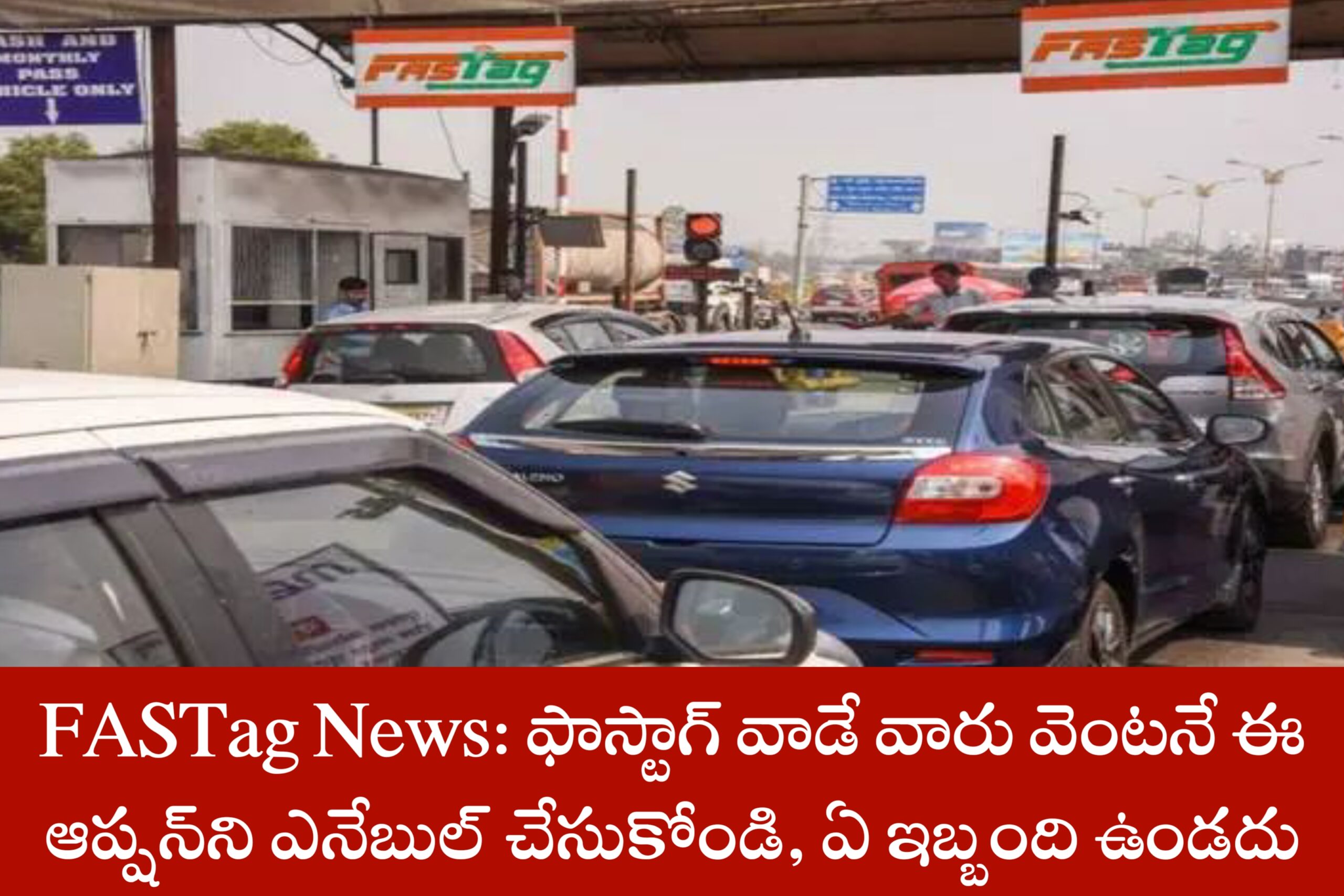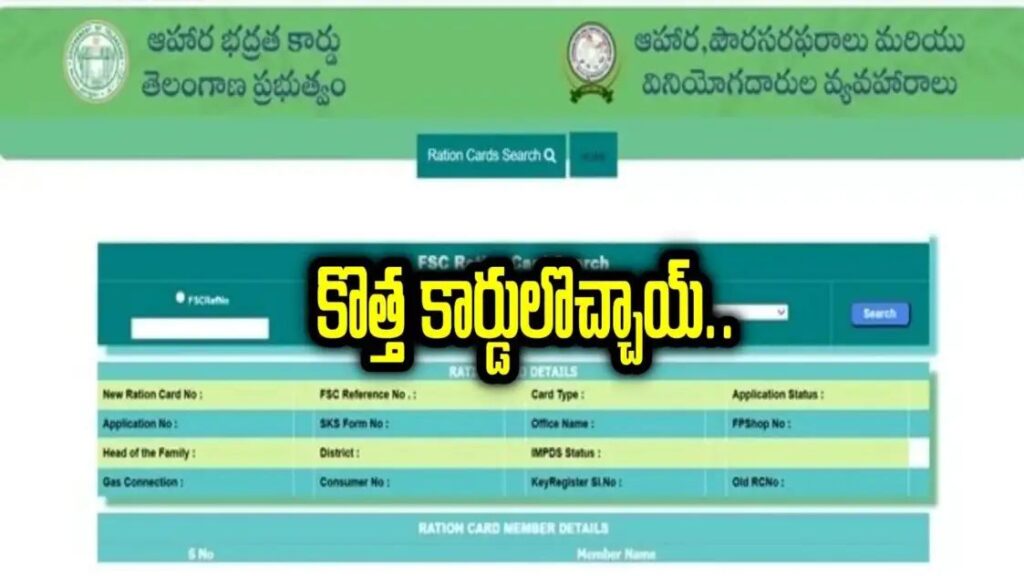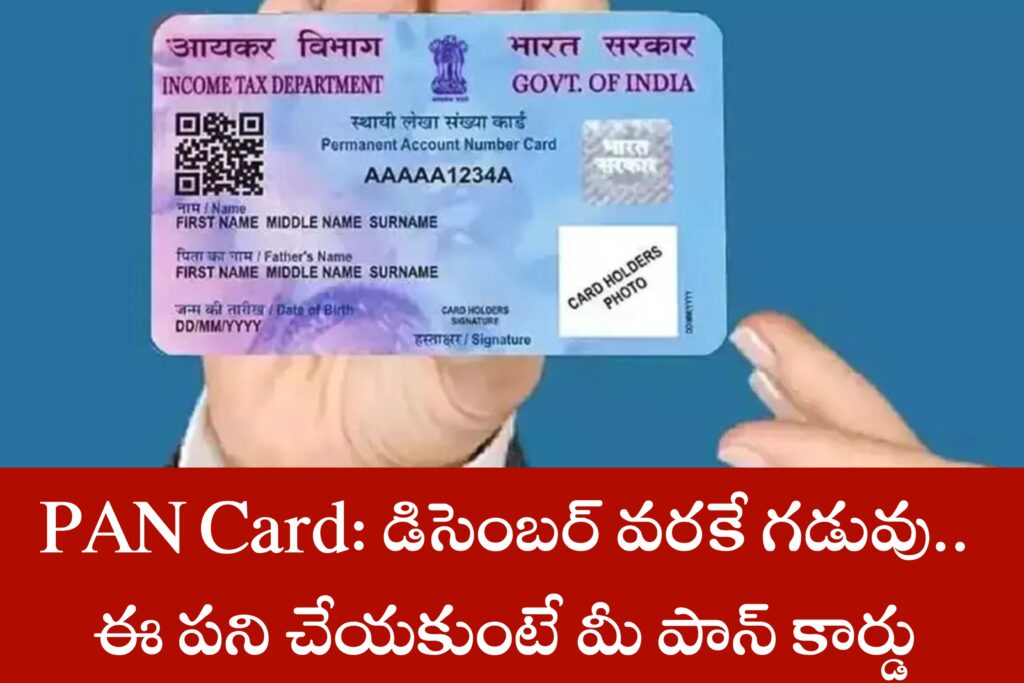The fastag Auto Debit System is a new feature designed for Fastag users, allowing them to enable automatic deductions from their bank account to their Fastag account. This system aims to simplify the toll payment process, particularly during emergencies, by eliminating the need for manual top-ups.
1. Benefits of the Auto Debit System
The introduction of the Auto Debit System brings several advantages:
- Time-Saving: This feature is especially beneficial during emergencies, ensuring you never run out of balance when you need it most.
- Convenience: With automatic recharges, users no longer have to worry about manually topping up their Fastag account each time the balance runs low.
2. How the Auto Debit System Works
Step 1: Activate the Automatic Recharge Option
Fastag users can activate the Auto Debit option by following the guidelines set by the Reserve Bank of India (RBI). This option, known as an e-Mandate, allows for automatic money deductions from your linked bank account whenever your Fastag balance is low.
Step 2: Setting Up the Auto-Recharge
- Link Your Bank Account: Ensure your bank account is linked to your Fastag account.
- Select Your Threshold Amount: Users can set a specific amount threshold (e.g., Rs. 300). When your Fastag balance falls below this amount, it will automatically be topped up from your bank account.
Step 3: Enjoy Hassle-Free Toll Payments
Once the Auto Debit option is activated, the system will automatically deduct funds from your bank account, facilitating toll fee payments without the need to stop and manually recharge. This system ensures smooth traffic flow at toll plazas, eliminating the hassle of manual recharges.
3. Manual Recharge Option
While the Auto Debit System offers convenience, it is not mandatory. Users who prefer manual recharges can continue to do so. The auto-recharge feature is entirely optional, allowing users to choose how they manage their Fastag balance.
4. Addressing Common Toll Payment Issues
The central government introduced the Auto Debit System to tackle common issues faced by motorists, such as insufficient Fastag balance leading to double toll charges. This feature aims to reduce these occurrences and ensure a smoother experience for all road users.
5. Future Innovations: GPS-Based Toll Collection
In addition to the Auto Debit System, the central government plans to introduce GPS-based toll collection systems in India. This advanced system will charge motorists only for the distance traveled, further simplifying toll payments.
Requirements for GPS-Based Toll Collection
- Special Mechanism: A dedicated queue, GPS chip, and entry/exit points will be necessary for each vehicle.
- Nationwide Implementation: This system is expected to be implemented across India by 2030. Until then, the current Fastag system will continue to be in use.
The Union Minister, Nitin Gadkari, emphasized the government’s commitment to providing hassle-free service to road users in India. He also highlighted the need to ensure roads are well-maintained, indicating that toll collection should be directly linked to road quality.
By adopting the Aastag Auto Debit System and preparing for future innovations, motorists can enjoy a more seamless and efficient toll payment experience on India’s highways.







